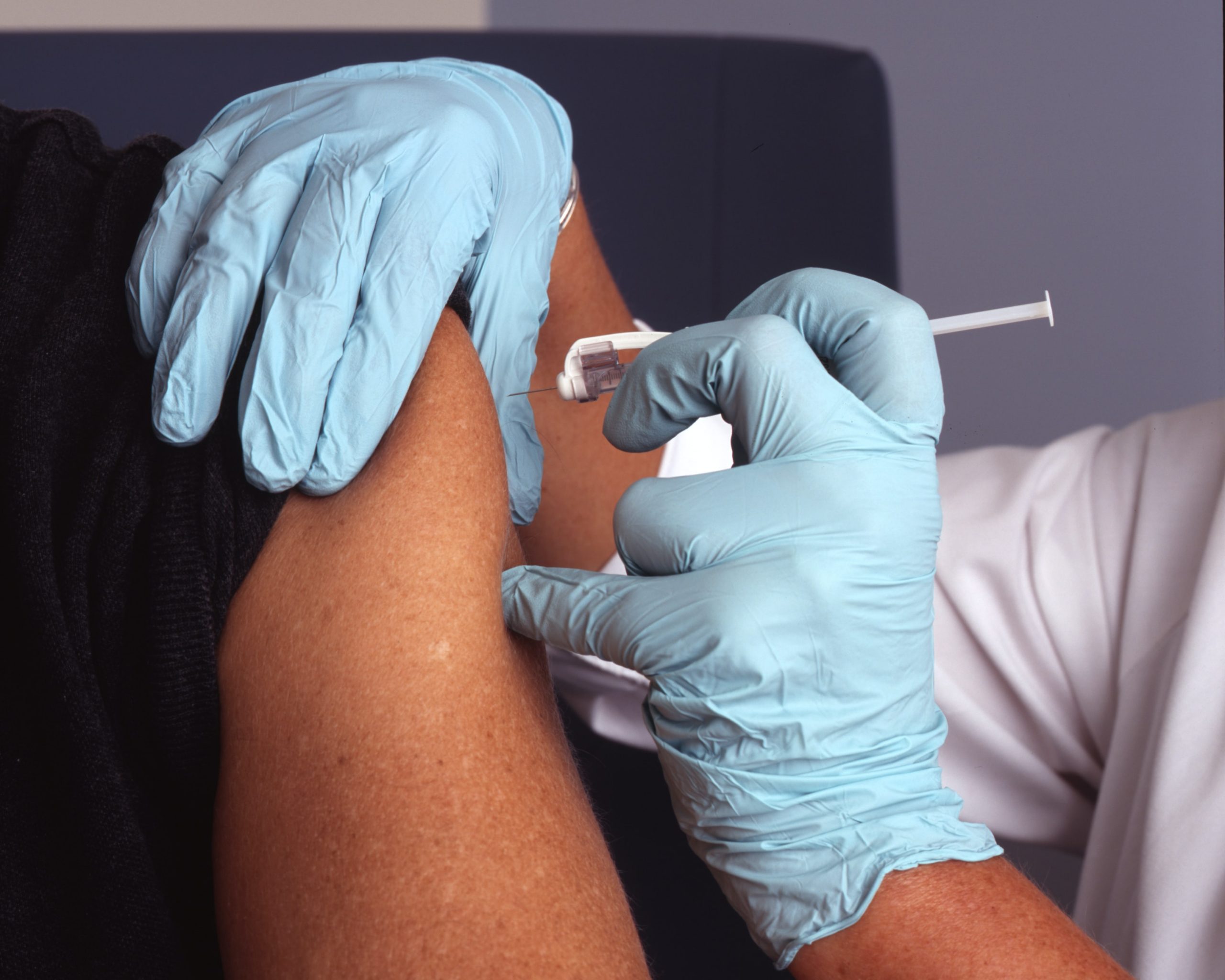
Chris Lange, FISM News
[elfsight_social_share_buttons id=”1″]
OSHA does not want employers to notify them of any negative COVID-19 vaccine side effects experienced by workers, but will require reporting of any COVID-related infections and/or deaths, according to newly-released guidelines.
The reason cited for the selective reporting requirements is concern over potential employee non-compliance with the Biden administration’s Sept. 9 COVID-19 vaccine mandate. The guidelines, set forth in a document titled “Protecting Workers: Guidance on Mitigating and Preventing the Spread of COVID-19 in the Workplace,” were placed on the U.S. Dept. of Labor’s Occupational Safety and Health Administration website Wednesday. The language reads, in part: “OSHA, like many other federal agencies, is working diligently to encourage COVID-19 vaccinations. OSHA does not want to give any suggestion of discouraging workers from receiving COVID-19 vaccination or to disincentivize employers’ vaccination efforts. As a result, OSHA will not enforce 29 CFR part 1904’s recording requirements to require any employers to record worker side effects from COVID-19 vaccination at least through May 2022.”
Instead, OSHA says workers “may choose to submit” negative side effects to the federal Vaccine Adverse Event Reporting System.
The guidelines follow OSHA’s submission of an emergency temporary standard (ETS) to the White House’s Office of Information and Regulatory Affairs Oct. 12, requiring private employers with 100+ workers to implement vaccine mandates. Under the ETS employees must take the jab or submit to weekly testing.
OSHA can authorize an ETS on the determination that workers are in “grave danger” from possible exposure to harmful substances or agents. Such standards can only be challenged in a U.S. court of appeals. The OSHA guidance allows administration officials to alter requirements as they see fit.
Once the guidelines are published by the Federal Registrar, they can go into effect immediately.
What is unclear at this time, however, is how the requirement will be enforced by an agency that does not have enough staff in place to monitor compliance. Also uncertain is how OSHA will bear up under two dozen planned legal challenges by Republican attorneys general who say the mandate is illegal, in part, because the ETS issued fails to meet the “grave risk” threshold for such an order and goes beyond the scope of OSHA’s authority as relates to “work-related hazards, not all hazards one might encounter anywhere in the world.”
Earlier this year the U.S. Equal Employment Opportunity Commission and the U.S. Department of Justice formally took the position that vaccine mandates and their enforcement by employers is legal.
Meanwhile, on Thursday OSHA threatened to revoke the State Plans of Arizona, South Carolina, and Utah for defying the ETS requirement covering healthcare workers. State Plans are OSHA-approved workplace safety programs covering both private sector and state and local government workers. State Plans must meet the threshold of being “at least as effective” as worker protections issued by OSHA.
White House Press Secretary Jen Psaki was pressed about OSHA’s interpretation of the “grave risk” standard during a Sept. press briefing. “The Department of Labor is proceeding under that law. And the law basically requires the Department of Labor to take action when it finds grave risk to workers,” she said, adding, “And certainly a pandemic that killed more than 600,000 people qualifies as ‘grave risk to workers. And so, if the [Labor] secretary determines workers are in grave danger, he has an obligation to issue an emergency temporary standard. That’s exactly what he did.”
The vaccine mandate is expected to affect around 80 million workers. Businesses that do not comply face up to $14,000 in fines per violation.
